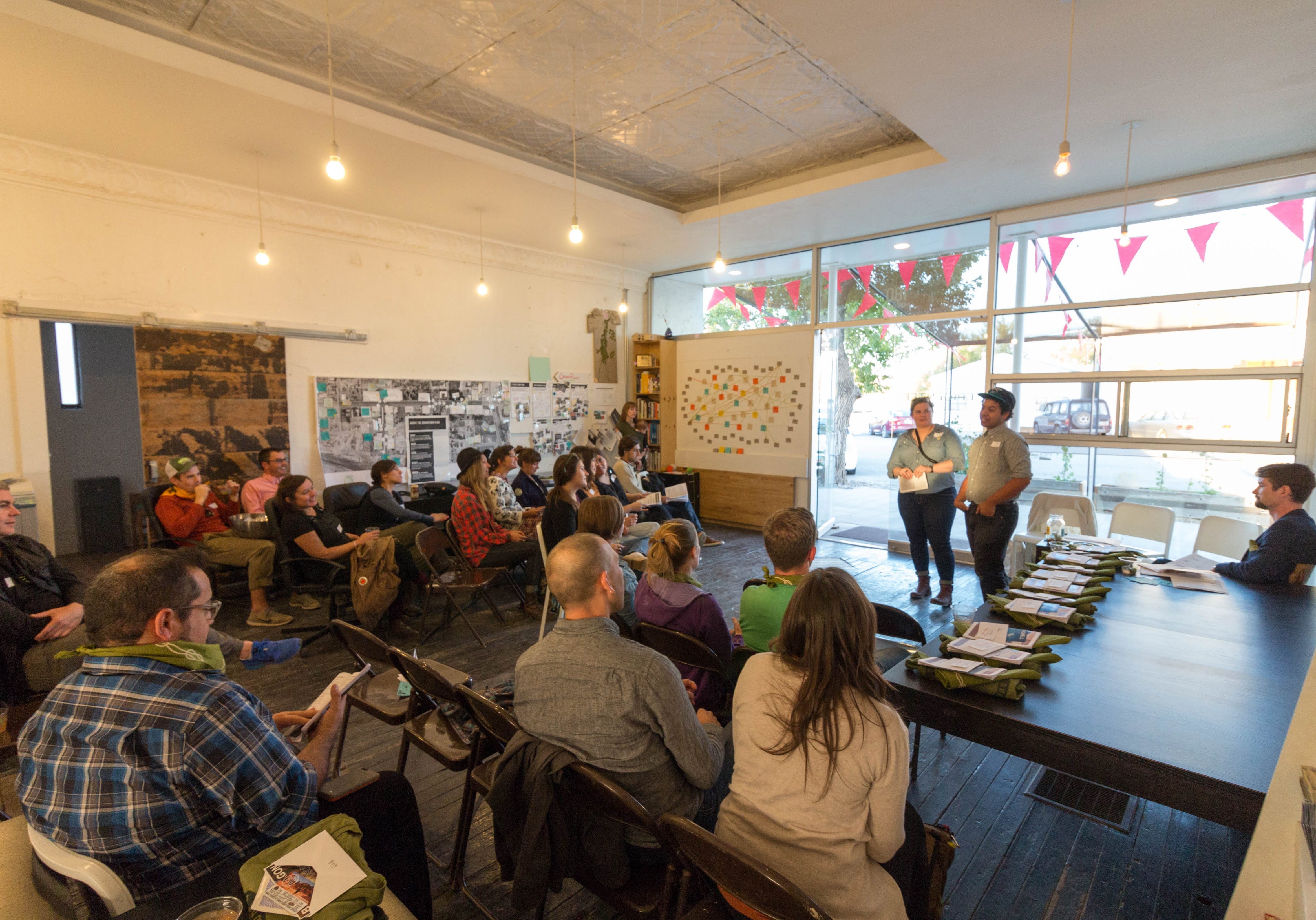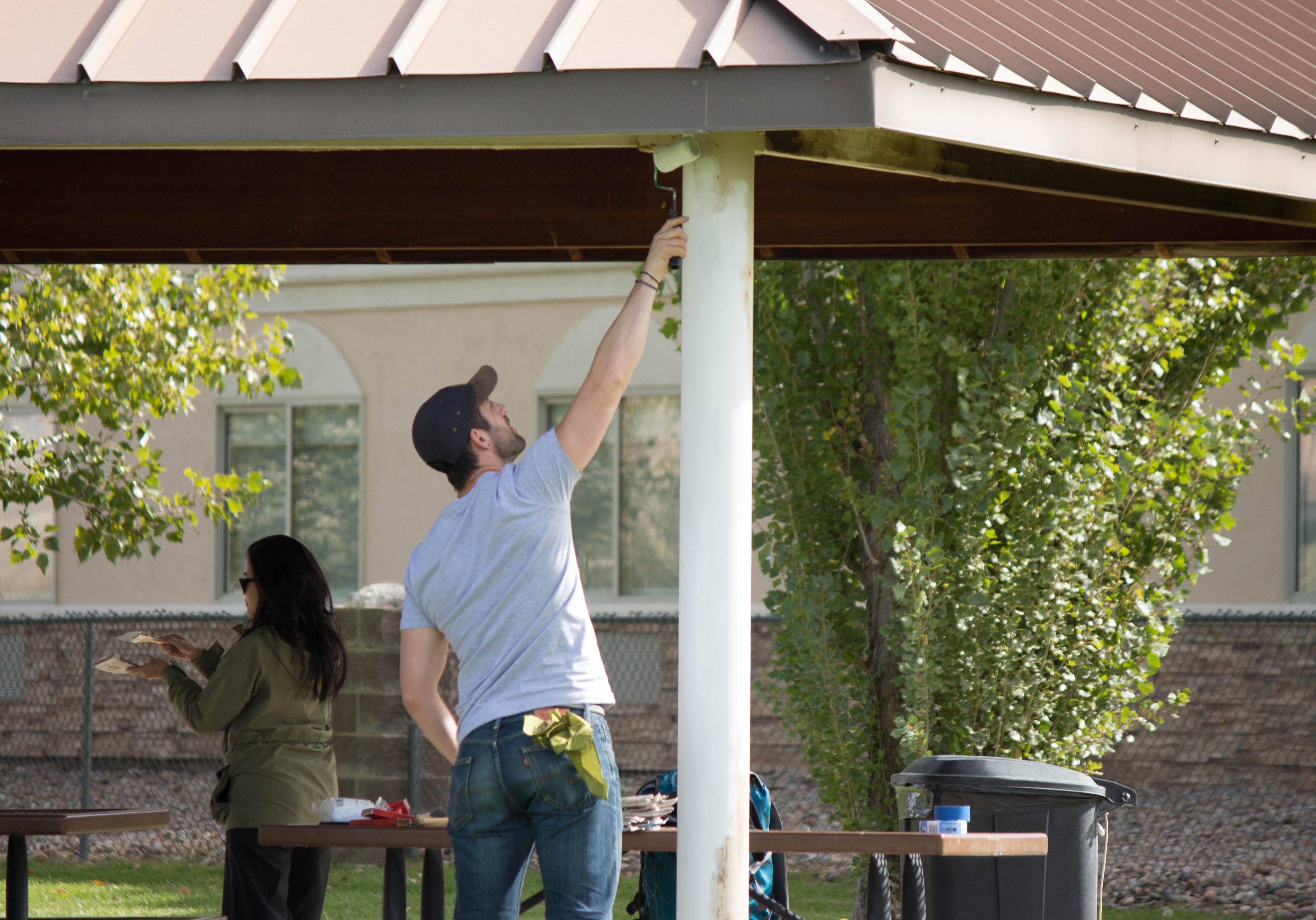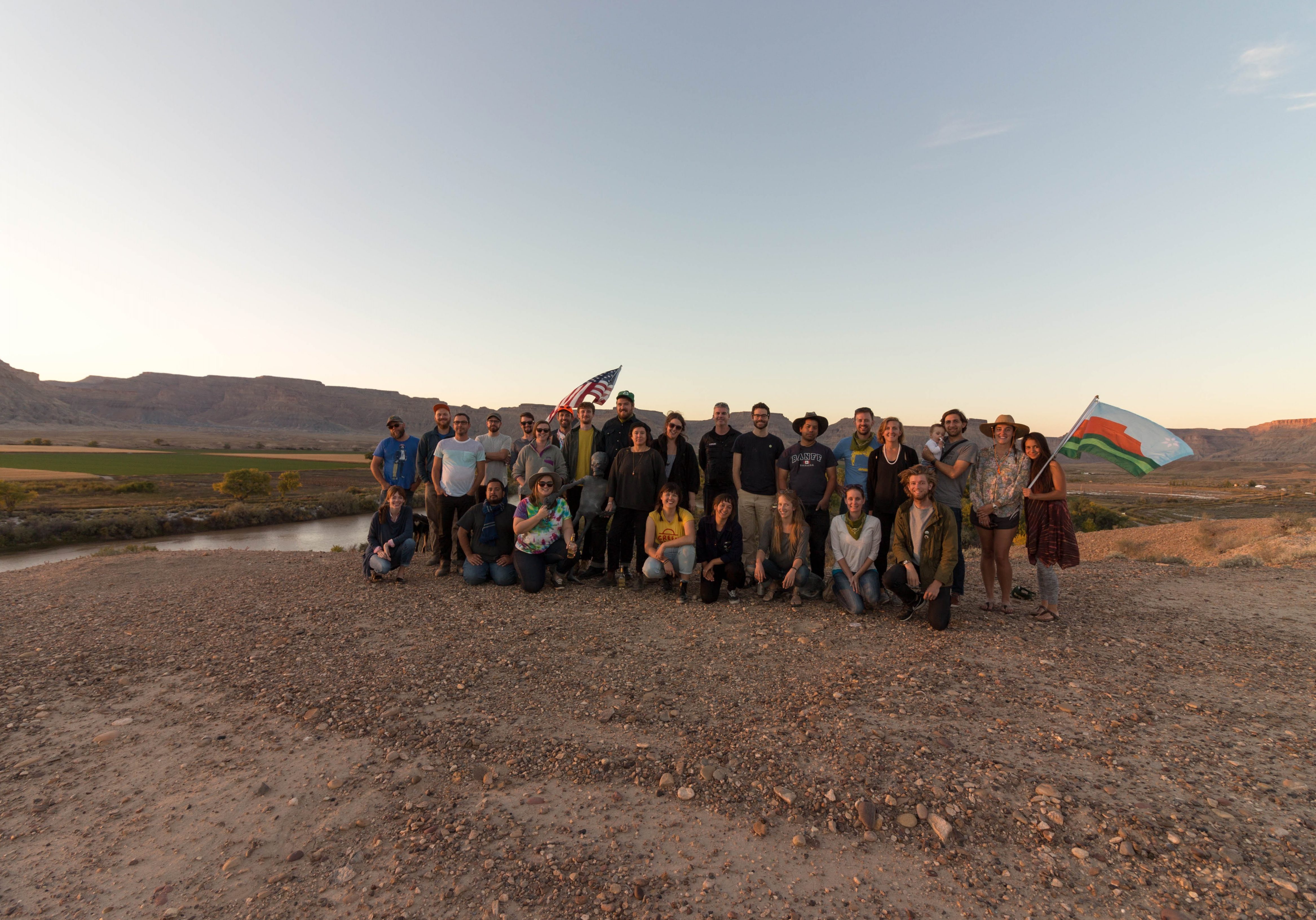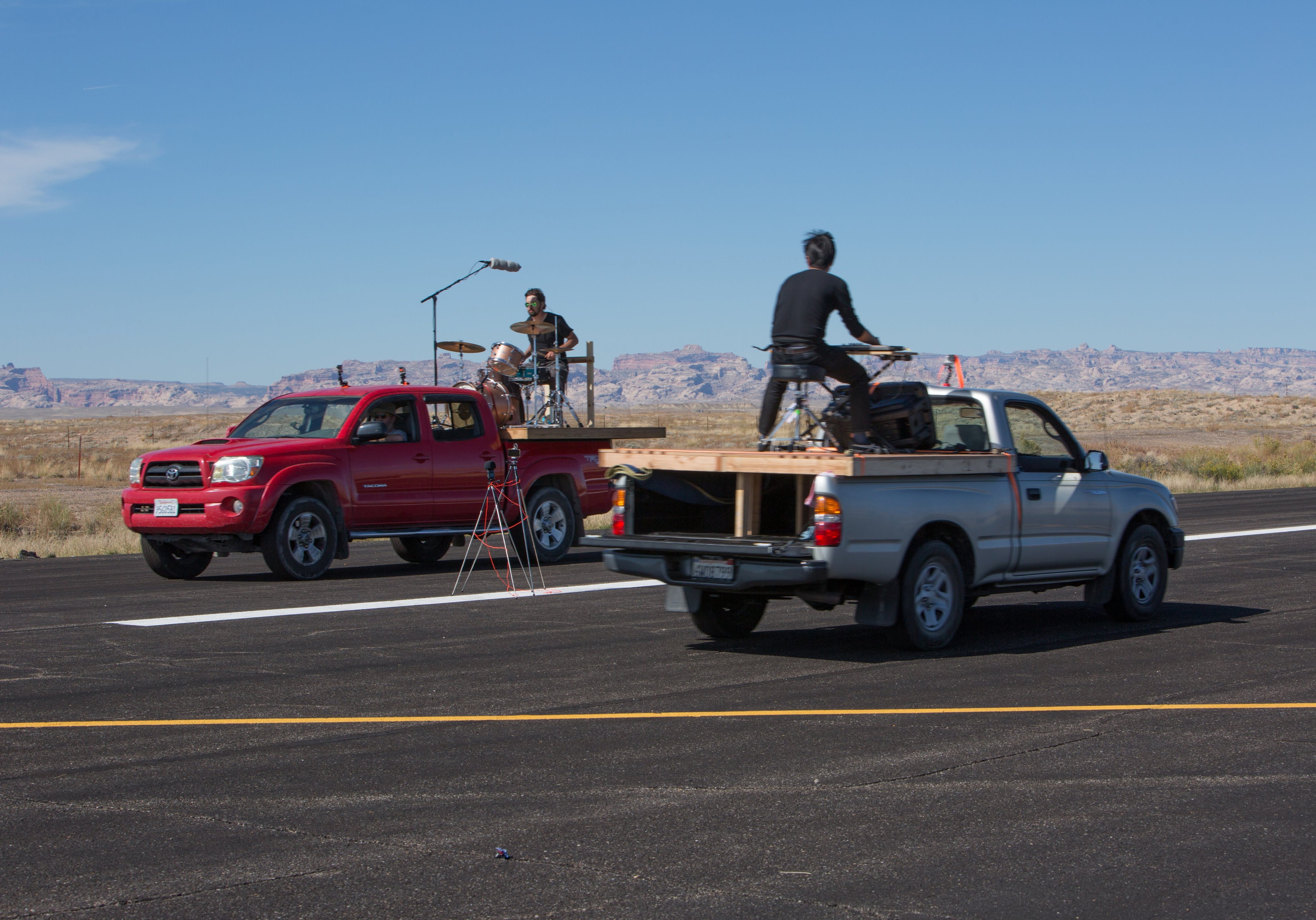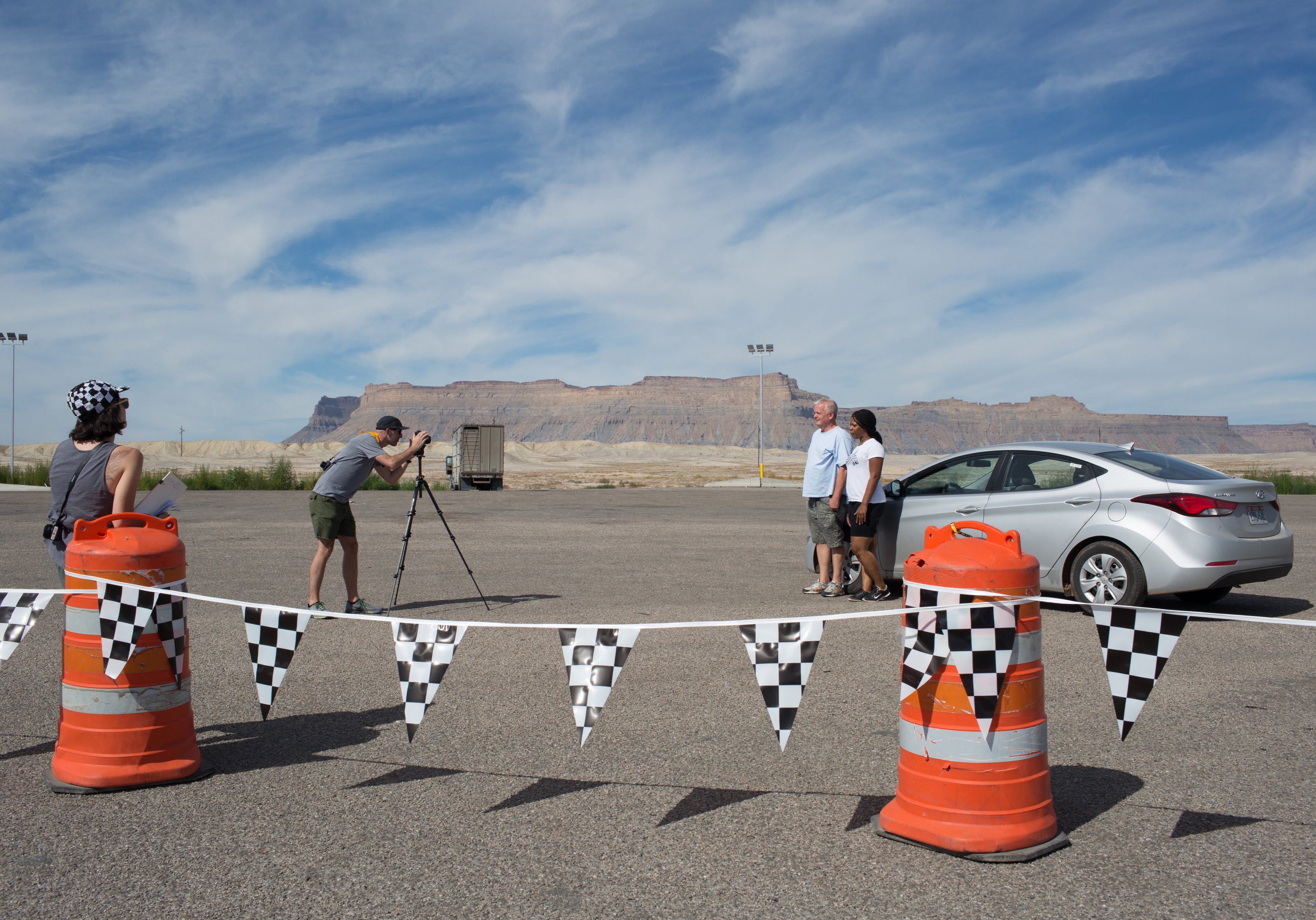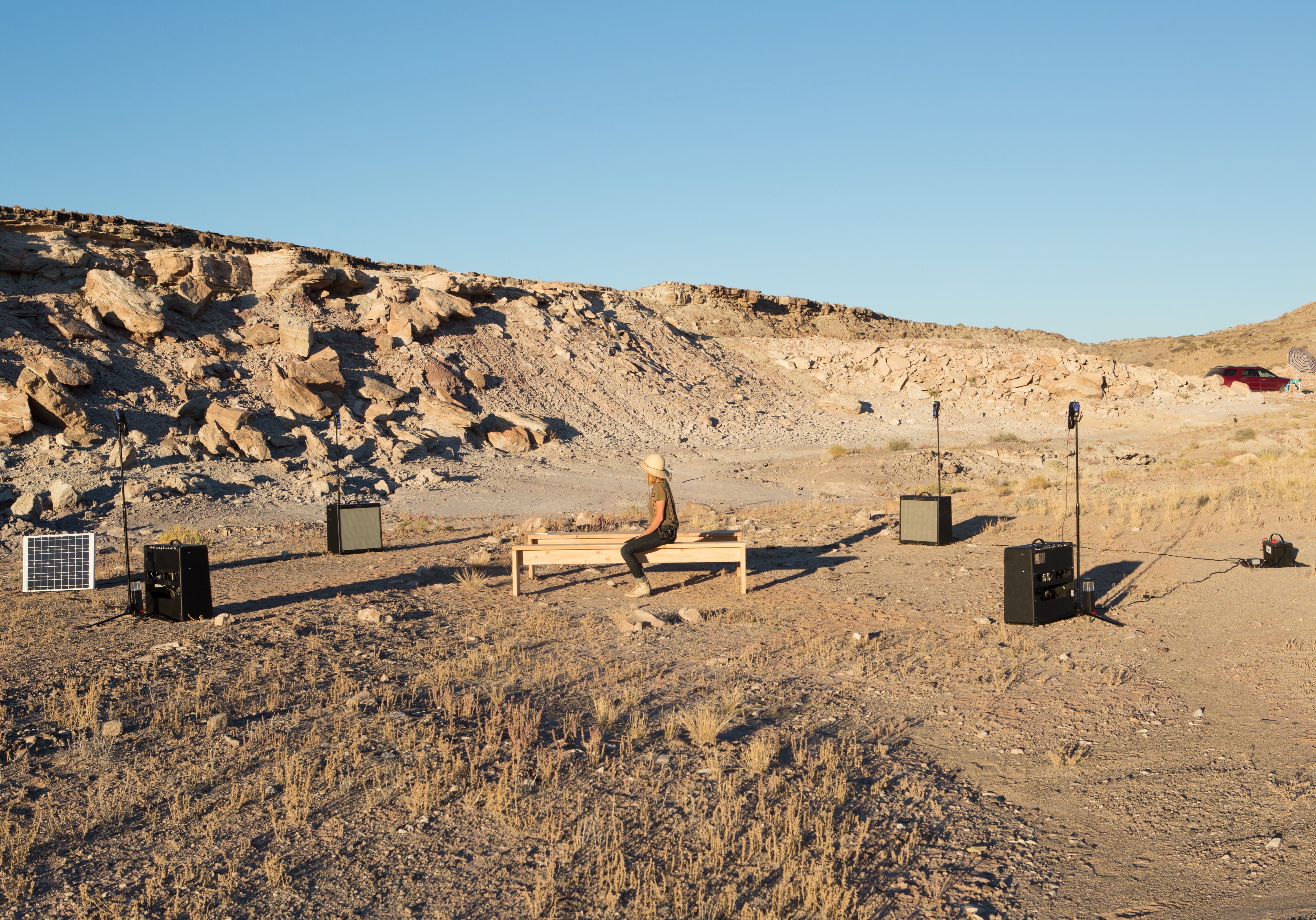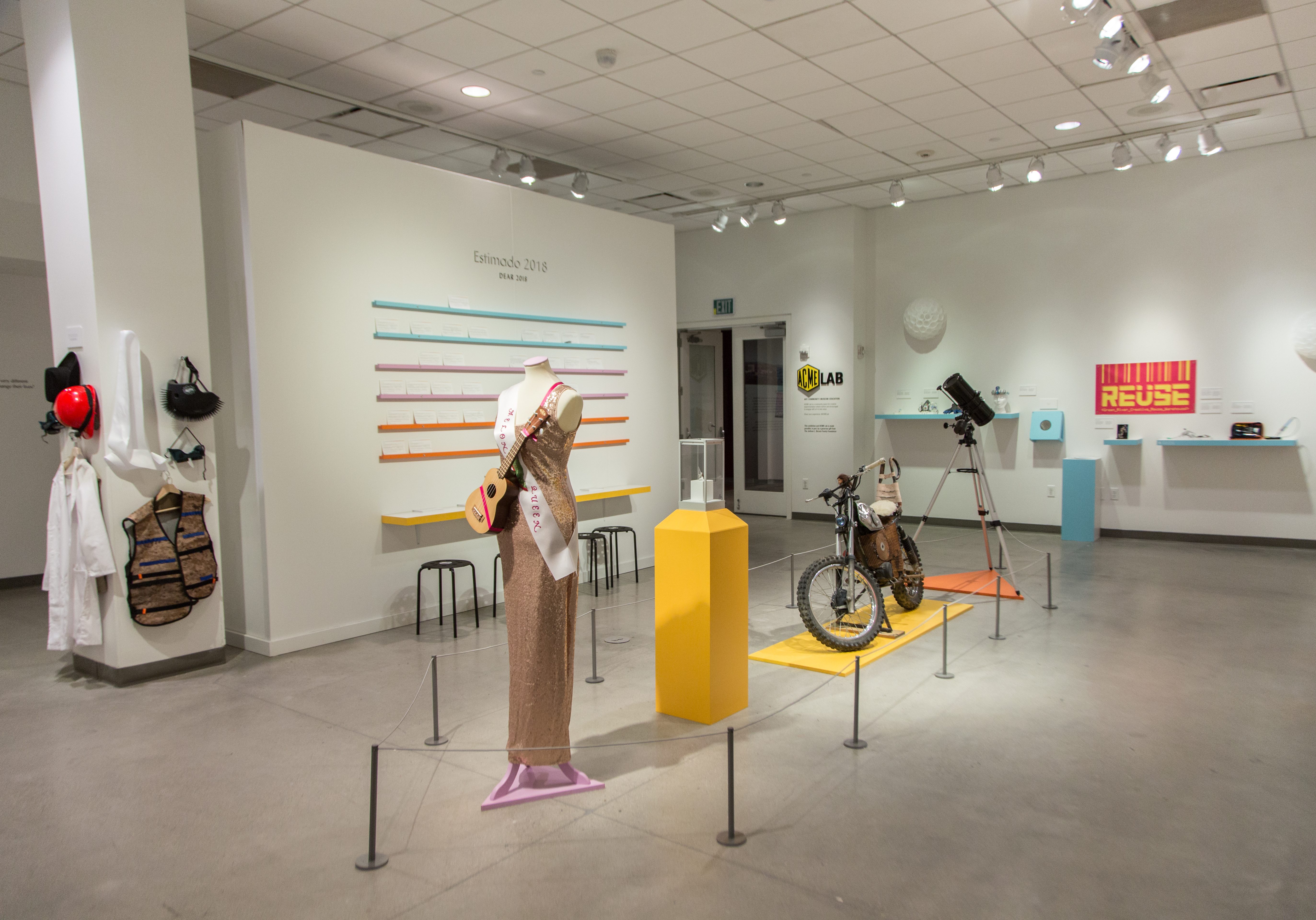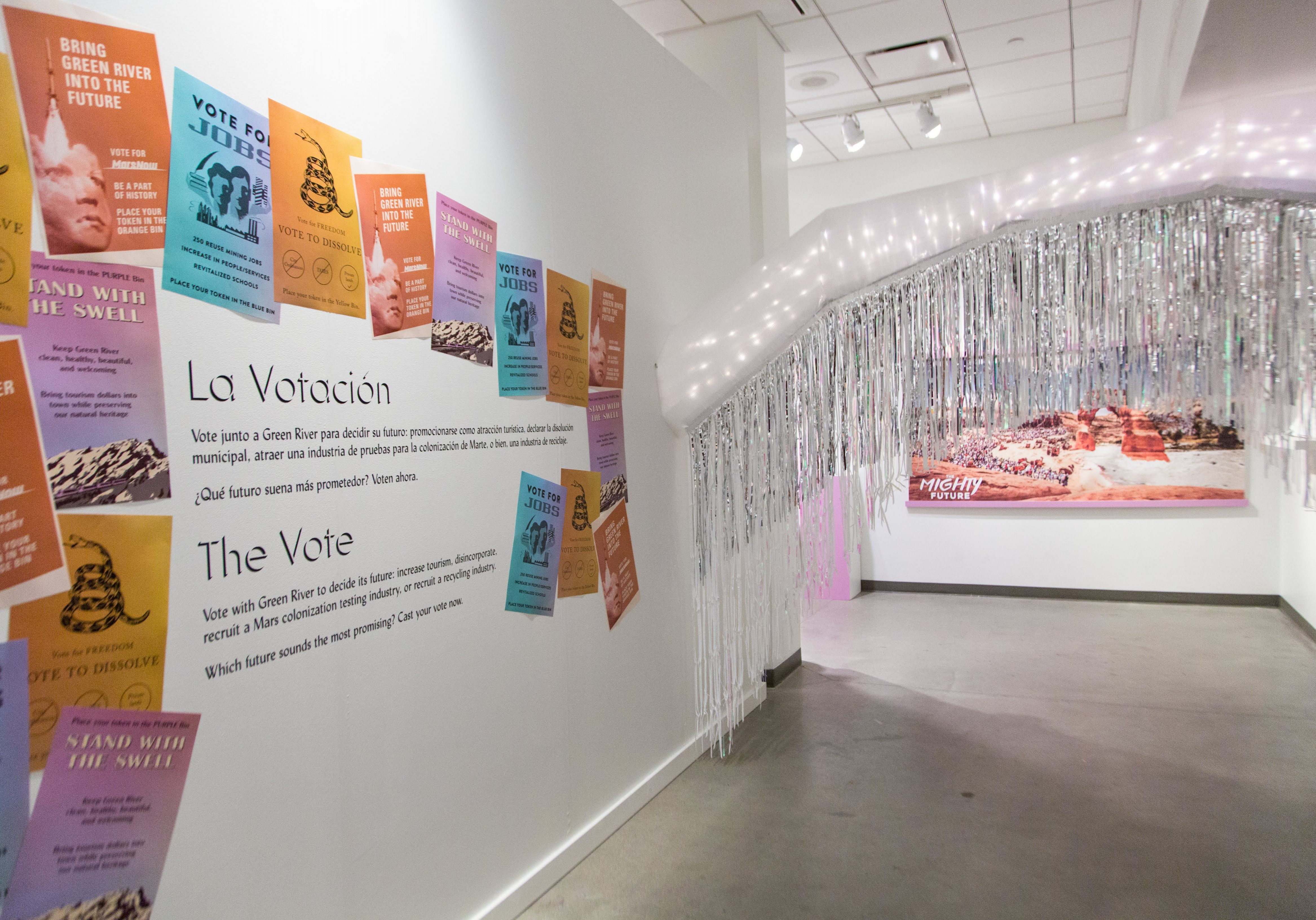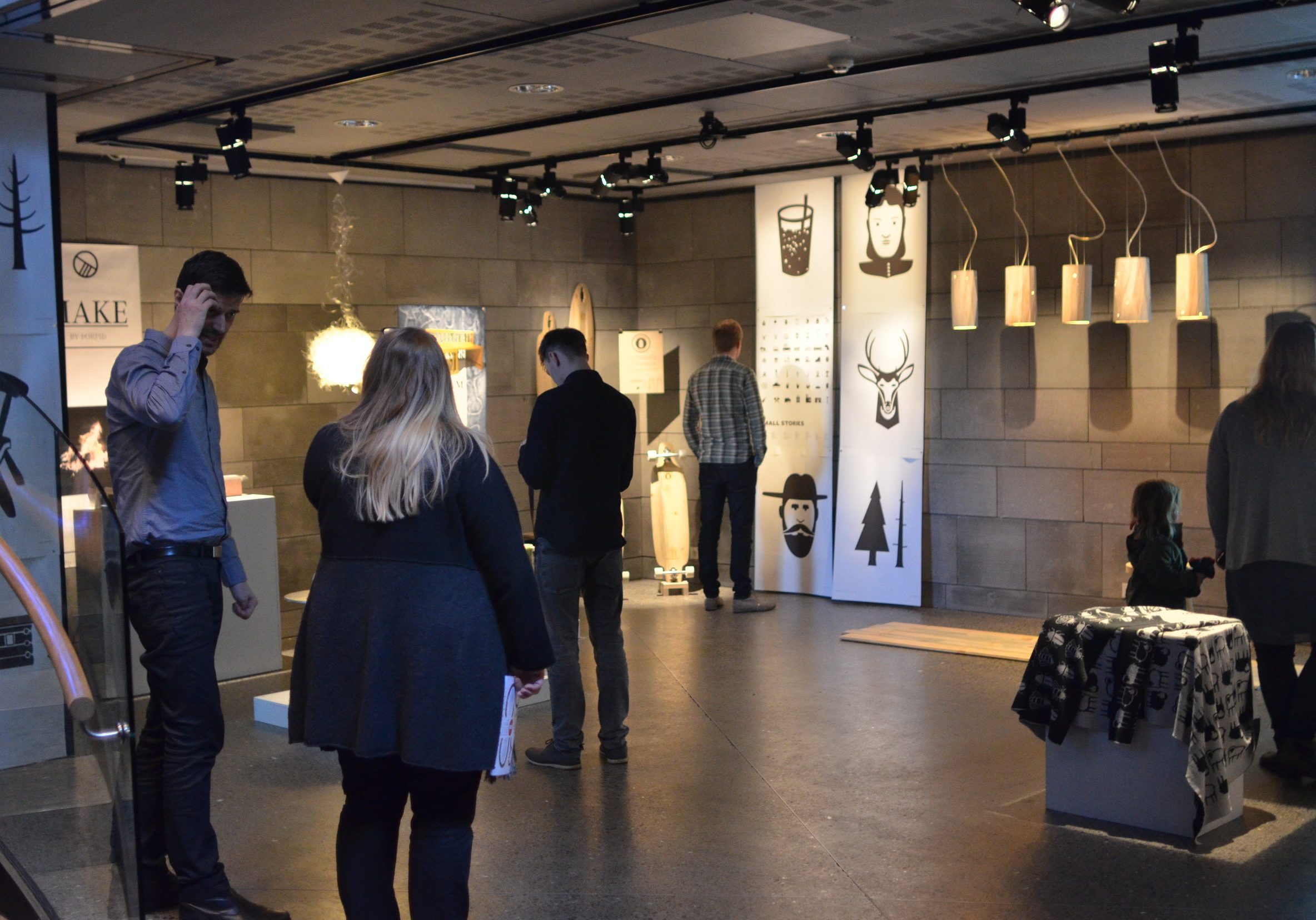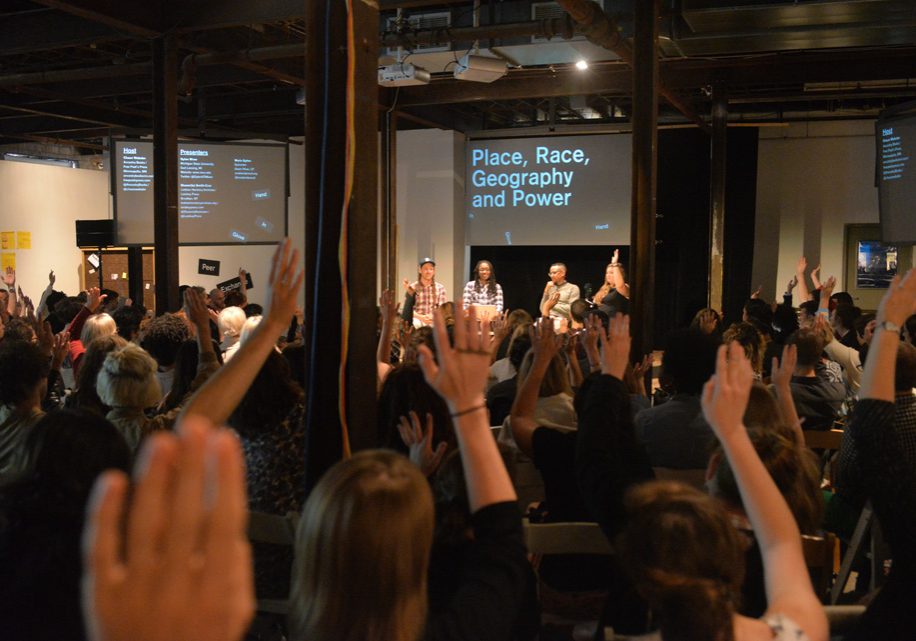Epicenter strives to be a model for other rural communities and to build knowledge within our field through all of our work. We also execute specific projects and programs with the express purpose of directly contributing to the dialogue on place-based work, building connections between practitioners, and exchanging ideas and best practices.
Summer Summit
In 2013, Epicenter hosted the first Summer Summit. Past Frontier Fellows, staff, supporters, and collaborators were invited to convene the weekend conference as well as some fun in the sunny desert of Utah. With over thirty attendees, from as far as London, England, the weekend’s agenda consisted of a tour of Epicenter projects, show & tell sessions, live music, campfires, river rafting, horseback riding, camping along the riverbank, communal meals, and (of course) a few dance parties.
Epicenter hosted the second Summer Summit in October of 2016. We invited both alumni and new friends to attend this weekend-long gathering. Our 39 attendees participated in bonfires, canyoneering, mountain biking, communal meals, panel discussions, workshops, beach time, live music, sunset club, kickball, and (of course) Area Fifty Fun, an extraterrestrial dance party. Discussions focused on citizenship, place, and social practice; workshops included cleanups around town and more.

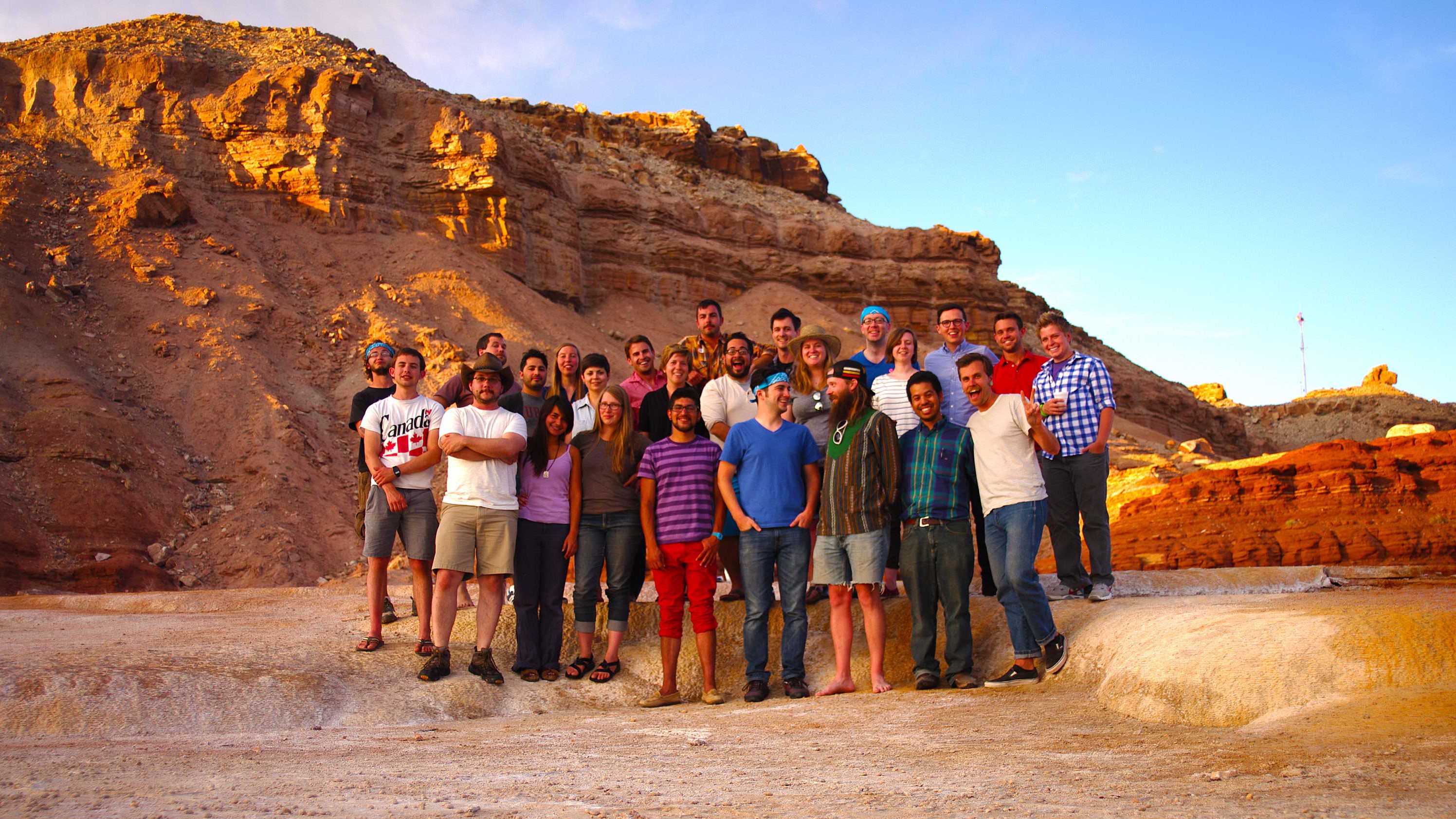
HDTS: Epicenter
Situated in and around the rural environment of Green River, Utah, HDTS: Epicenter was a weekend-long collection of site-specific artworks, happenings, and performances inspired by the desert landscape of Southeastern Utah and its rural communities. HDTS: Epicenter also served as a meeting of minds, with the two kindred institutions of High Desert Test Sites and Epicenter equally contributing to the curation of events. Local hubs such as the Dunham Melon Stand and Shady Acres Gas Station, as well natural wonders such as Black Dragon Canyon, Wild Horse Butte, and Lower Gray Canyon served as the backdrop for the weekend’s events.
The event welcomed over 100 visitors. Twelve different artist groups from around the country showcased projects, installations, and performances in and around Green River, including folk ballads performed in Black Dragon Canyon, interactive hammock weaving (with corn stalks, no less!), and a chance for visitors and locals to be photographed with their car.
Photos by Bill Morrison. Read more about HDTS: Epicenter here.
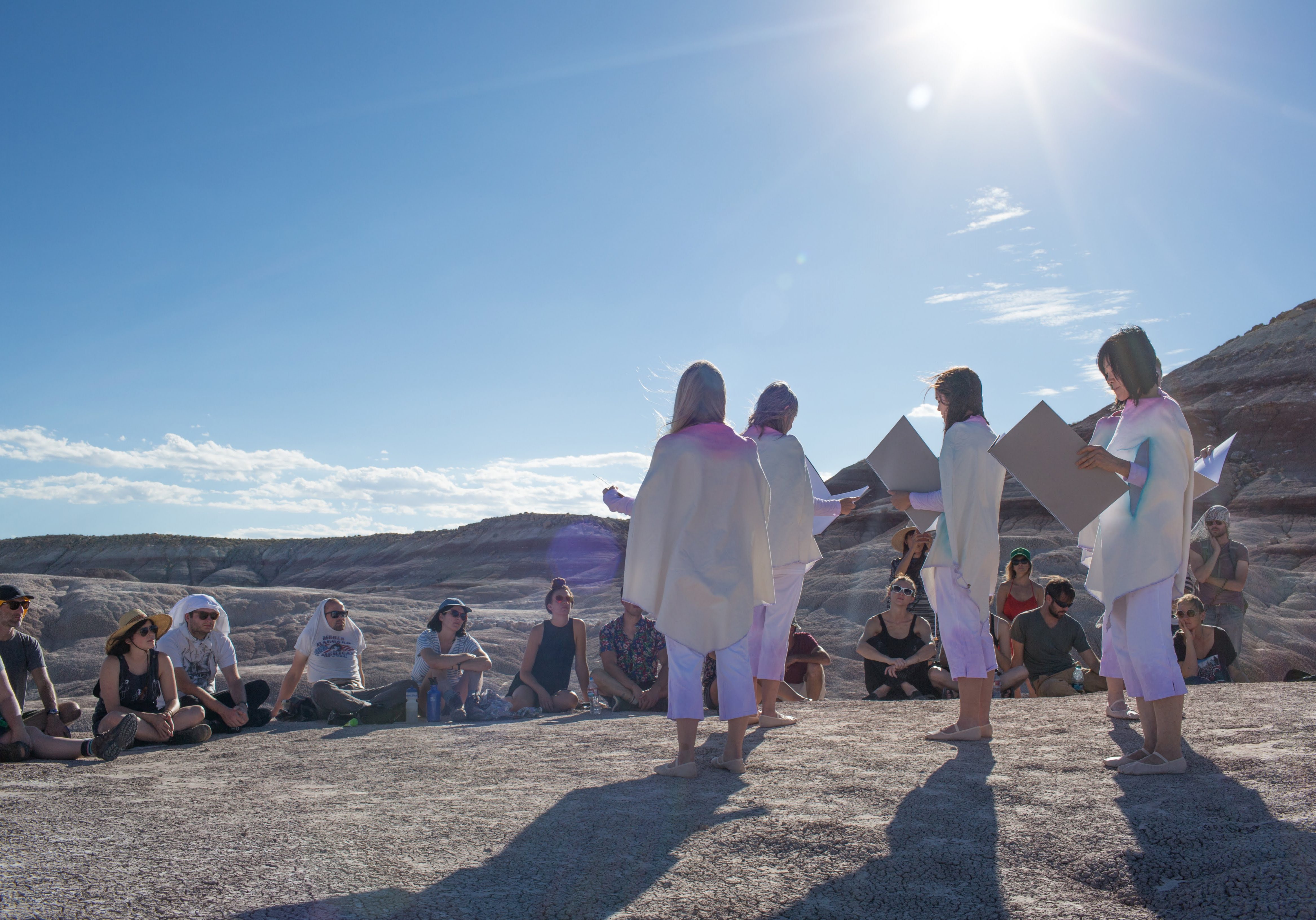
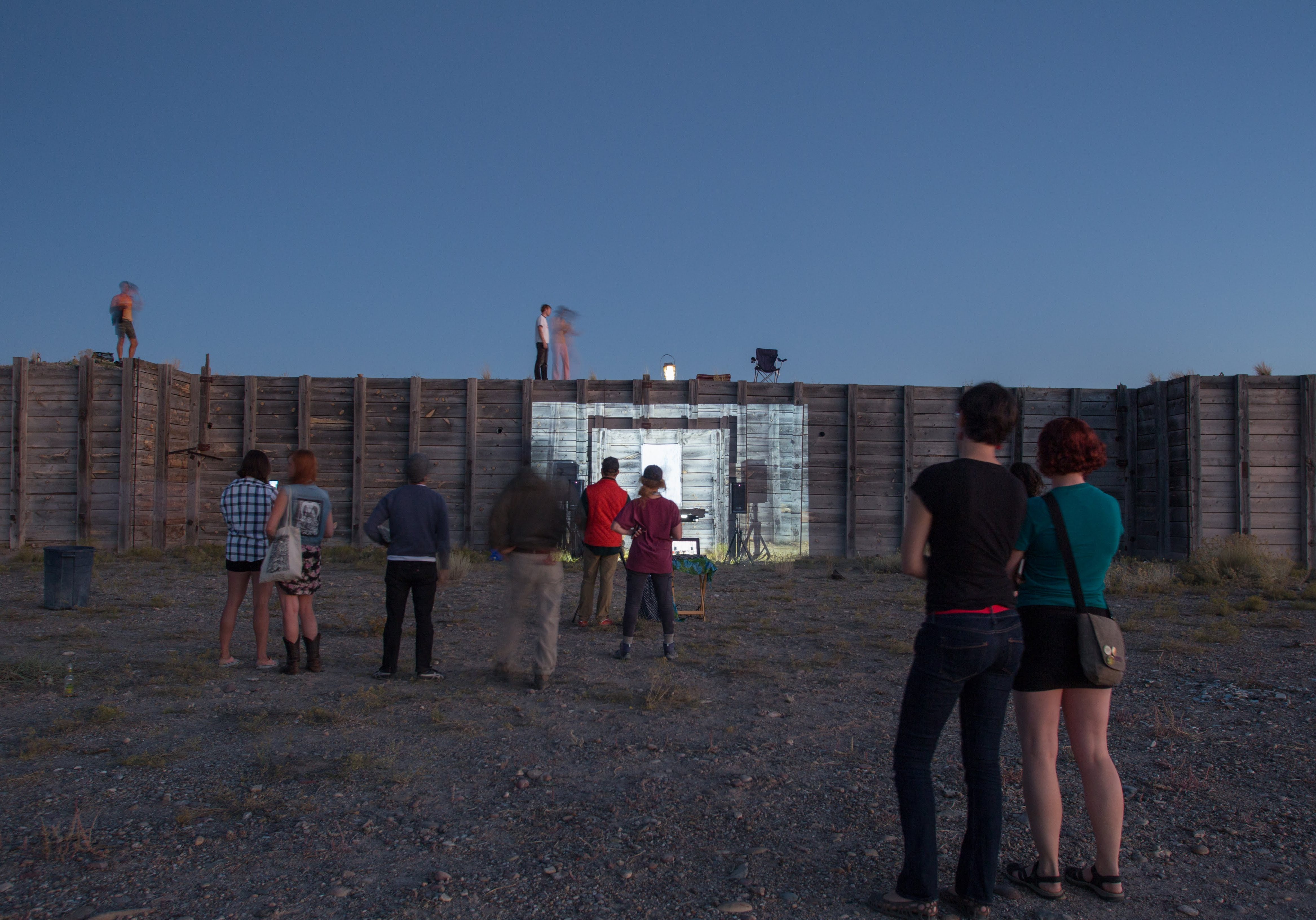
A Call To Place
A Call to Place: the first five years of the Frontier Fellowship was exhibited at the Rio Gallery in downtown Salt Lake City in 2016. Epicenter’s visiting artists, Frontier Fellows, have been an integral part of our revitalization efforts by discerning and celebrating Green River’s rural pride and resilient spirit. A Call to Place featured the first five years of Frontier Fellows: 50 visiting artists and collaboratives who have each spent up to a month in residence generating place-based work alongside the community in Green River. The exhibit was accompanied by a limited-run hardback publication.
With the exhibition and publication, we sought to share the amazing work Fellows were creating in a tiny corner of the world with a broader audience. The exhibition in Salt Lake City, where most art opportunities and funding in Utah are centralized, exposed this work to an urban audience who may have been unaware of work taking place in rural Utah. Taking over a major gallery also showed Epicenter’s ability to create immersive spaces and transport audiences, and connected us with new regional arts administrators and curators.
All A Call to Place graphics were designed by Frontier Fellow Corbin LaMont.
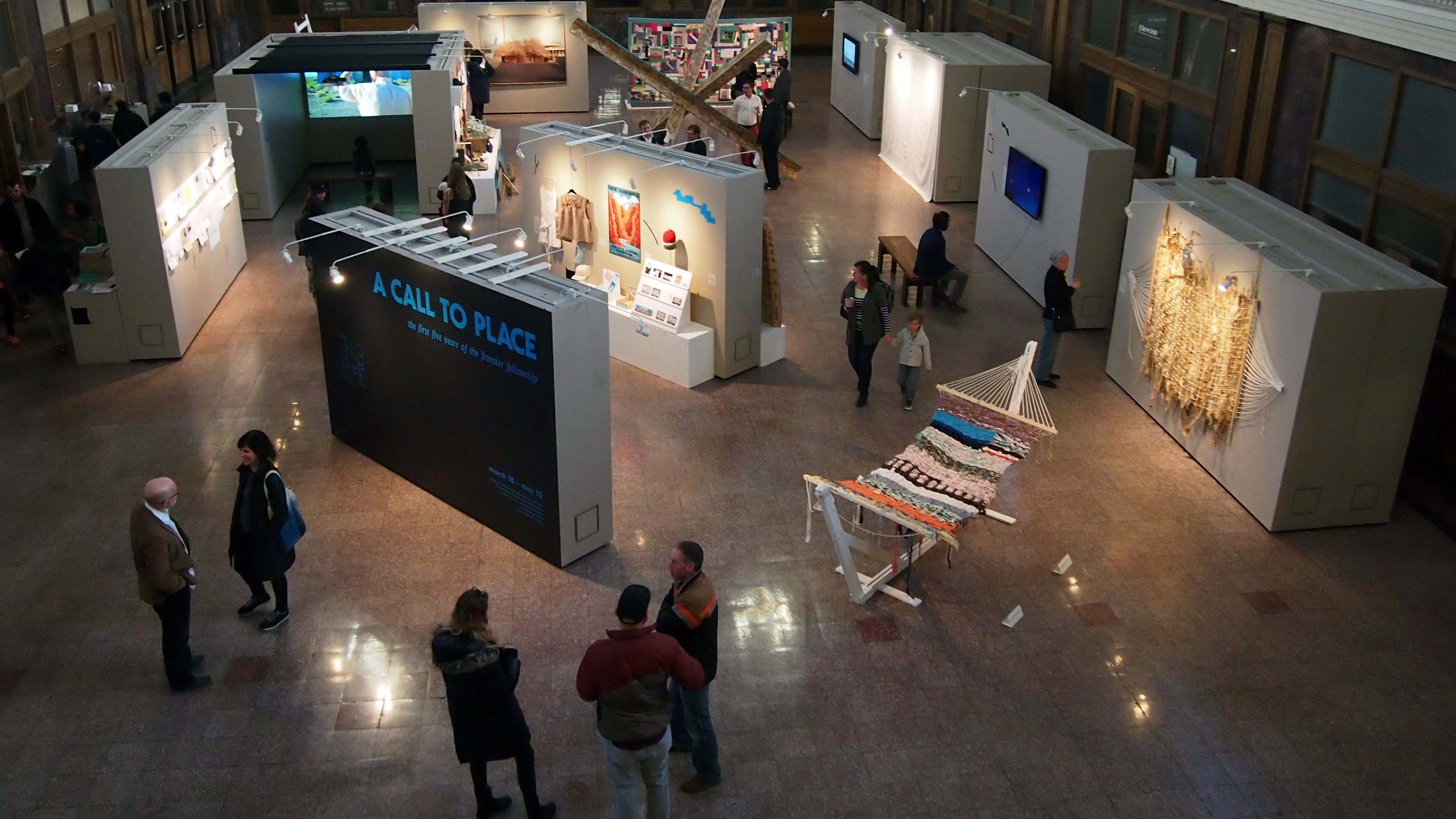
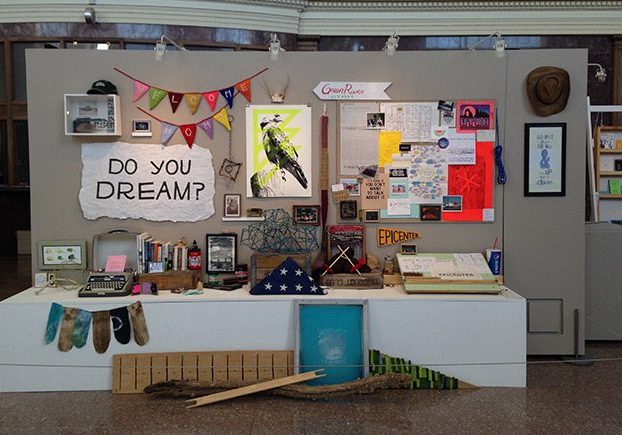
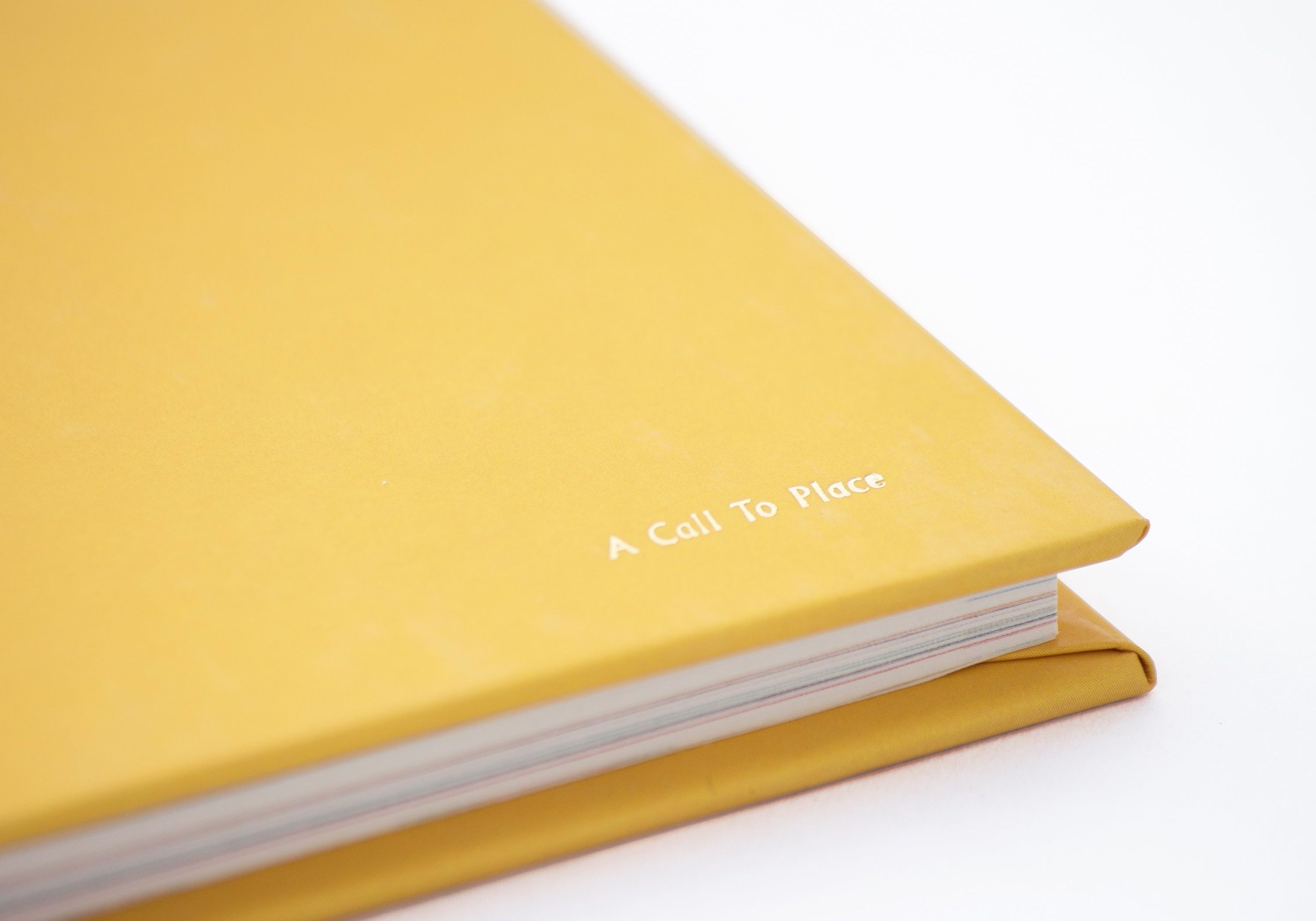
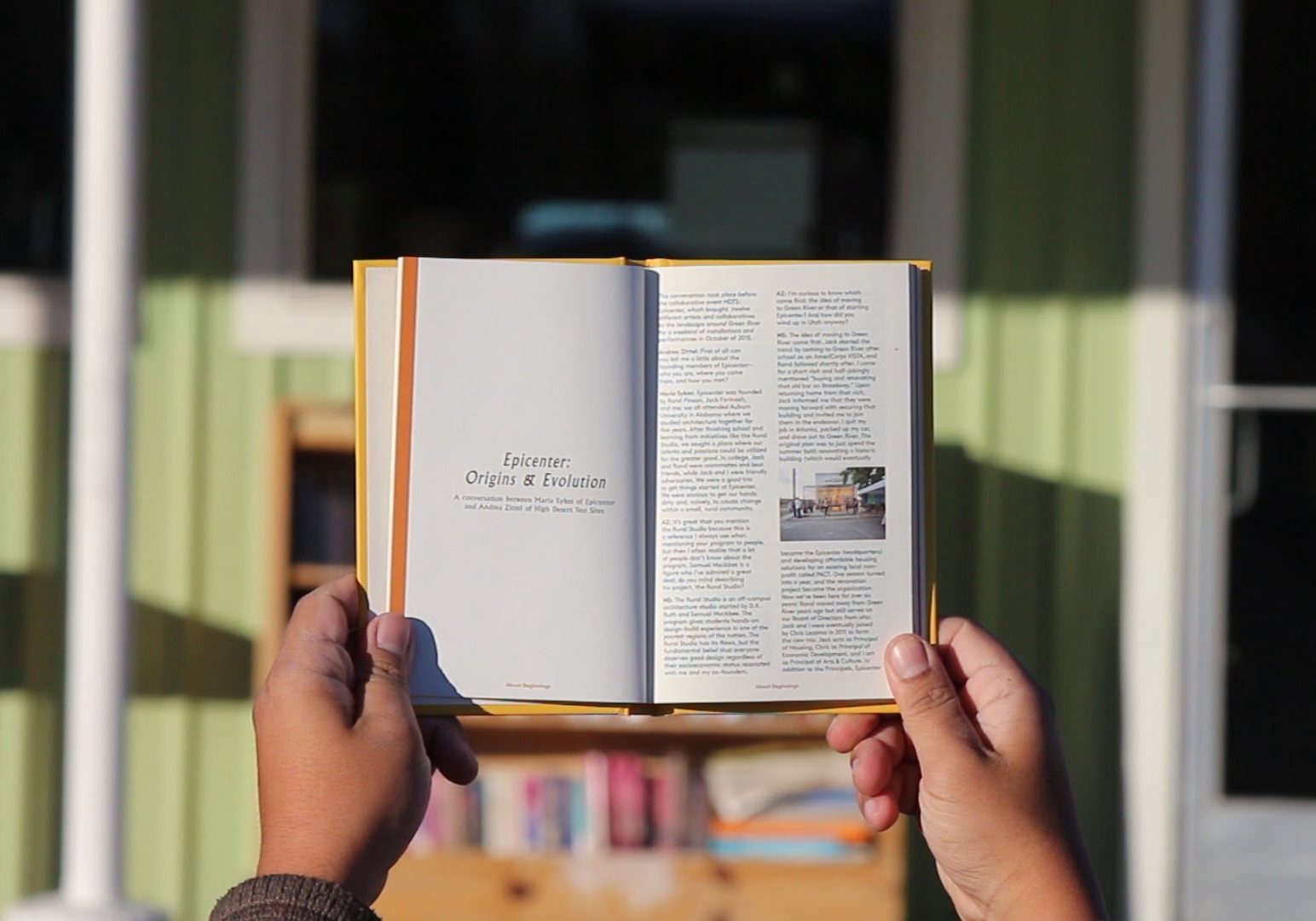
Our Futures
After seeing A Call to Place, the Utah Museum of Fine Art invited Epicenter to create an interactive exhibit in their new ACME Lab space. In keeping with our history of celebrating Green River and bridging urban and rural places, we developed a unique exhibit that encouraged visitors to see both rural Utah and their own communities in a new way. Our Futures invited visitors to “time travel” to the year 2039 and experience four potential futures for the residents of Green River. In doing so, visitors, specifically teens and young adults, are asked to consider the role they each play in shaping their own community’s future.
The exhibit presented four fictional futures for Green River: for the town to disincorporate, become a tourist town, recruit a recycling industry, or host a MarsNow space colonization facility. All of these futures are based in Green River’s past or another rural community’s reality and were presented through the journals and personal objects of two fictional teenagers. These fictional futures affect individual lives in ways that are sometimes positive, sometimes negative, and often complicated. Pages from their diaries illuminate how the Green River tourism industry with its Melon Queen Pageant and Hollywood talent scouts creates a dream-come-true scenario for one local teen but not the other.
Like in Epicenter’s This Is Green River exhibit, the artifacts on display brought the characters and community to life. Visitors to the exhibit tried on clothing from the future, viewed handmade jewelry, saw what becomes of “old” recycled technology, and learned what a “space valentine” was. There were even stations for smelling and hearing the future. At the end, each visitor was asked to reflect on and respond to these worlds: What might the future look like in our own town? How can I help create the future I’d most like to see?
Epicenter’s Our Futures was curated by UMFA’s Ashley Farmer in collaboration with Jorge Rojas and Emily Izzo. Our Futures was made possible with help from Anna Evans (lapidary artist for the ring featured in the exhibit), Kirsten Southwell (assisted in the original concept development), and photographer Tristan Wheelock (panoramic photo of Green River featured in the exhibit).
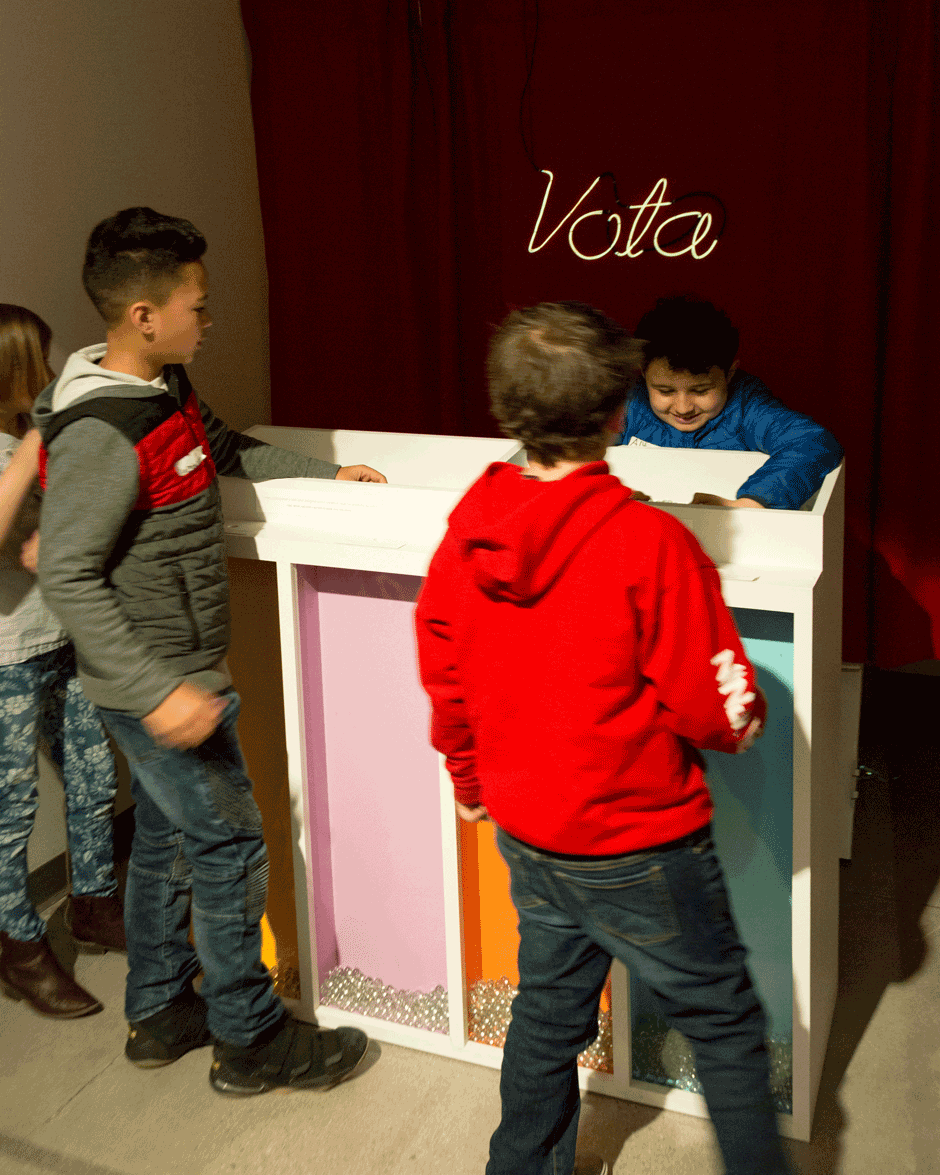
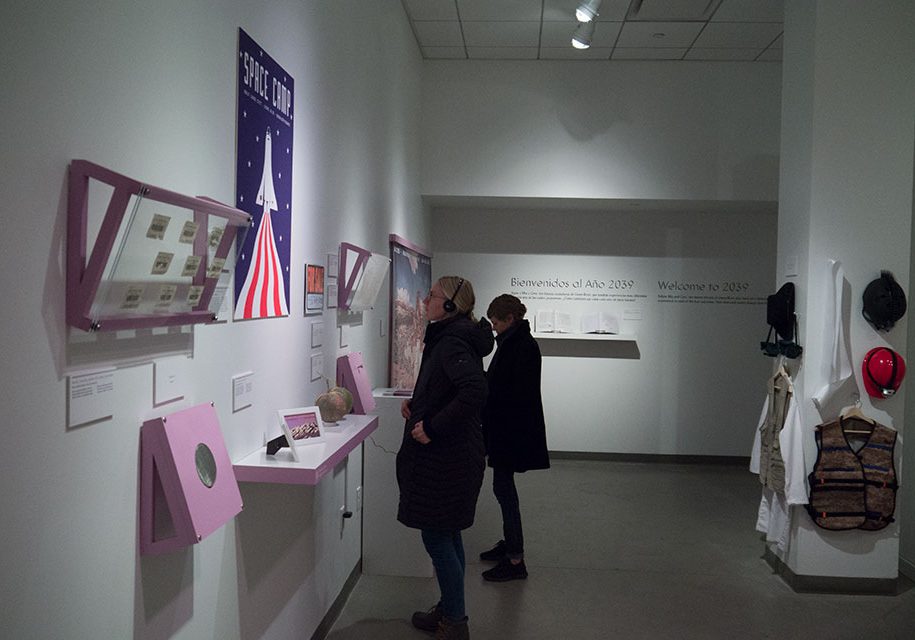
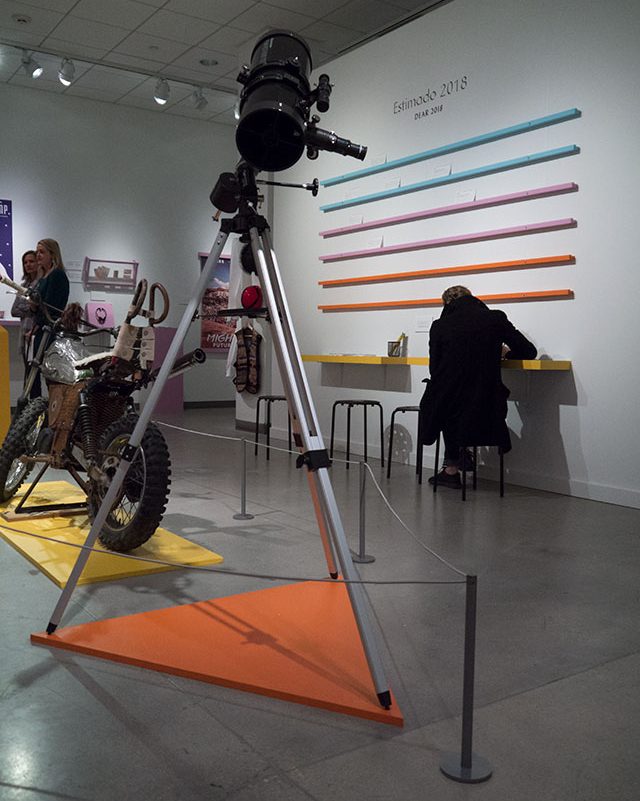
Rural-to-Rural Exchange
Epicenter is actively reversing the incomplete narrative of rural decline and helplessness through our work. We believe that all communities, no matter how small, have skills to work with and assets to build on; and that lasting growth can only come from local residents collaborating together. We create exhibitions and publications and speak internationally about the value of rural places, our work, and how it can be duplicated in other communities. While the specifics are different, many rural places experience similar challenges, and exchanging resources and strategies with other communities is vital to the work we do in our own.
These exchanges have included attending and speaking at conferences like the Rural Creative Placemaking Summit, Utah Housing Matters Conference, and Common Field; visiting peer organizations and rural towns like the Center for Rural Affairs in Lyons, NE; Wassaic Project in Wassaic, NY; and Ephraim and Helper, UT. We’ve even been invited as far as East Iceland to bring our experience in rural revitalization to other communities facing similar challenges, and we’ll continue to look for opportunities to share our knowledge and learn from others.
The Future
Epicenter will continue to exchange with other rural practitioners, place-based designers, and more through our Frontier Fellowship program, internship program, participating in convenings of all sizes, and co-hosting events that bring practitioners together.
Specifically, we recently hosted our first Emerging Fellowship which brought together two artists who did not previously know each other towards the goals of collaborating on both studio and community projects and honing their individual artistic practices. Founding Frontier Fellow and artist Charlotte XC Sullivan facilitated weekly discussions on topics such as defining community to bolster self-reflection and connection. The initial curriculum will be used to inform the future of the program.
